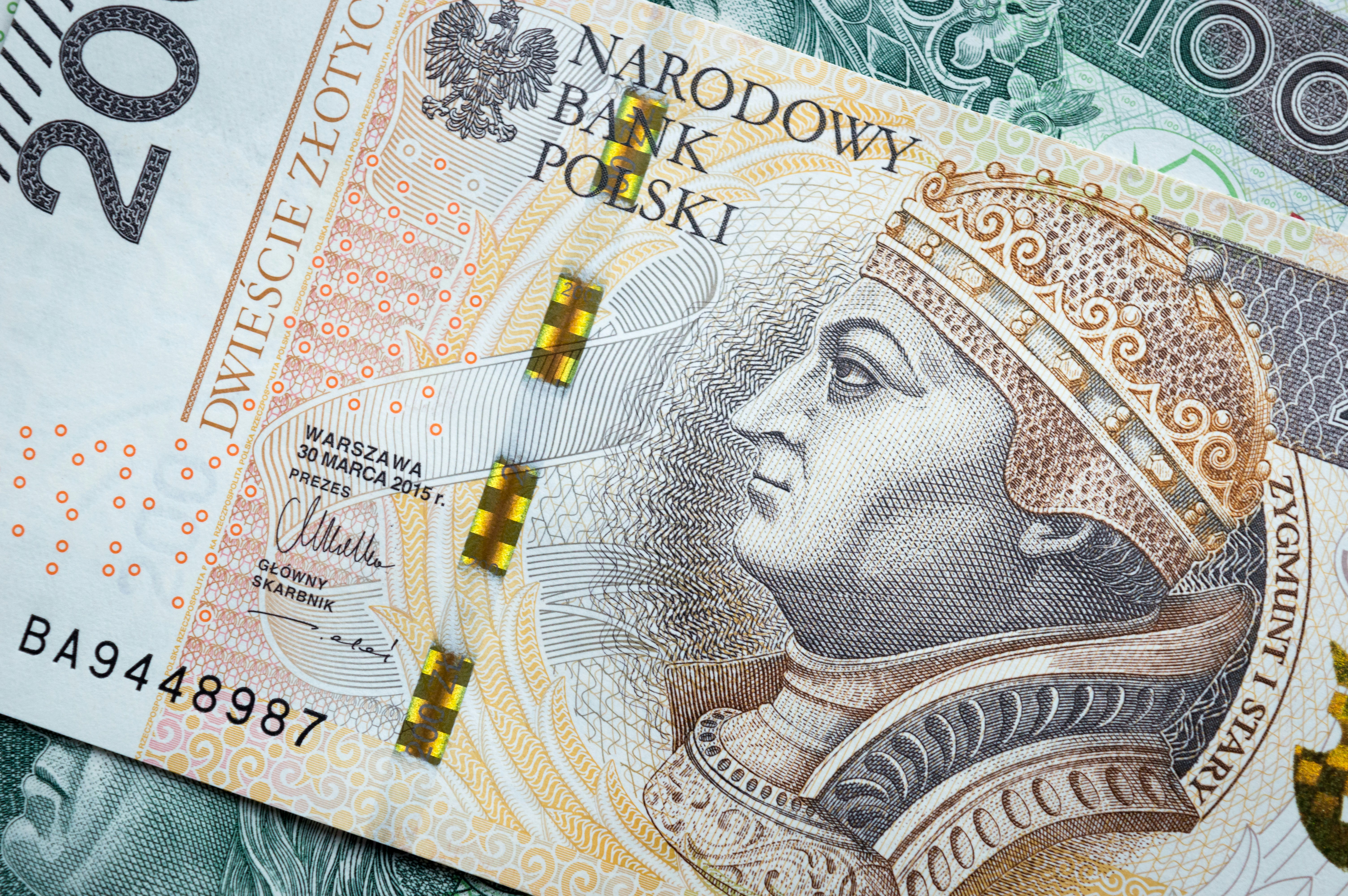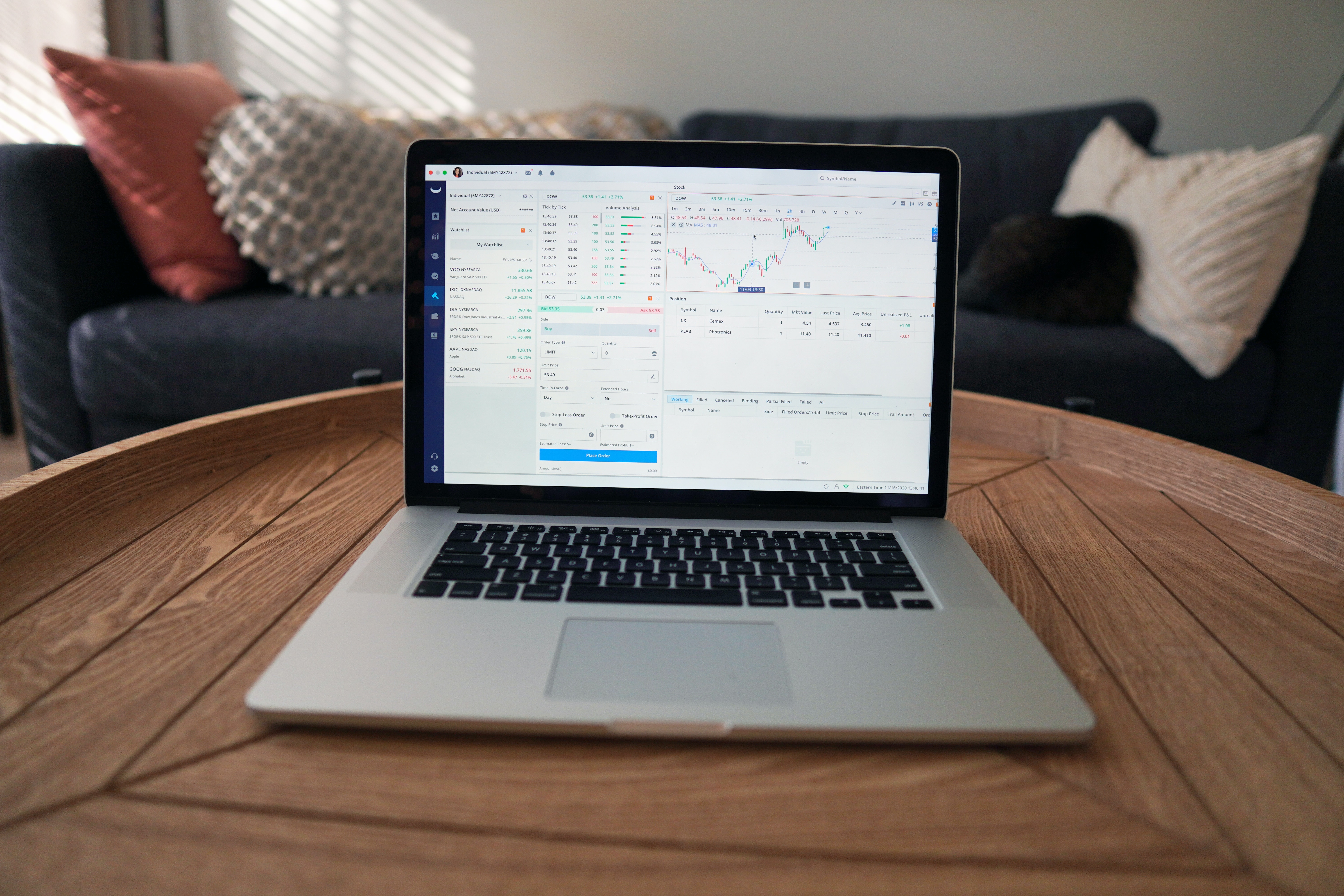十字星蜡烛的含义和类型:蜻蜓、墓碑、星星等。
十字星线 在交易者分析市场时,他们依赖于价格图表上形成的模式,而十字星线正是应用最广泛的分析工具之一。反映日内和中期价格变化,它们显示市场犹豫不决或现有趋势可能即将转变。本文将全面解析日本蜡烛图与图表分析:解释蜡烛线的形成原理,演示解读技巧与定价策略制定方法,并通过实例展示各类十字星...
02.10.2025 04:00
通货膨胀是如何运作的?定义、影响、示例
什么是通货膨胀? 通货膨胀是指商品和服务价格总体水平持续上升的经济现象,是衡量经济健康程度的核心指标。尽管这是全球讨论最热议的话题之一,但媒体往往更关注其成因与危害,而非阐释其本质内涵。 本文将深入解析通货膨胀的定义,解释高通胀率和低通胀率是什么,探讨通胀的测量方法,探索其正反两面...
15.08.2025 11:04

欧元兑兹罗提 2025、2026、2027、2028 - 2030 年预测:欧元兑 PLN 预测
欧元兑兹罗提汇率预测报告(2025-2028年) 准确把握波动剧烈的外汇市场对欧元与兹罗提交易者至关重要,这使得EUR/PLN汇率预测成为不可或缺的分析工具。无论您是交易新手还是经验丰富的投资者,了解兹罗提走势预测都能帮助您洞察欧元兑兹罗提汇率在短期和长期内的可能变动方向。本文将分析...
27.05.2025 03:07
2025、2026、2027-2030 年白银价格预测:5 年、10 年和 20 年预测
白银价格预测 Forecasting the future price of silver is a to 预测白银未来价格是投资者、交易员及爱好者们极为关注的话题。白银在全球经济中占据重要地位,并广泛应用于各行各业,理解其潜在价格走势能为明智决策提供重要见解。本文将深入探讨2...
22.05.2025 01:33
如何在 MT4 和 MT5 中创建外汇机器人
如何在MT4和MT5平台创建外汇交易机器人 目录 引言 核心要点 了解外汇机器人与专家顾问 创建专属外汇机器人 在MetaTrader平台安装外汇机器人 故障排除与维护 打造成功外汇机器人的要诀 现成外汇机器人与交易市场 结语 常见问答引言 在MT4和MT5等Met...
04.05.2025 04:00
)
EBIT 与 EBITDA:定义、公式及计算方法
EBIT与EBITDA:定义与计算公式 EBITDA和EBIT是评估企业盈利能力的两个常用指标,二者全称分别为"息税折旧摊销前利润"和"息税前利润"。顾名思义,这两项指标具有高度关联性。EBIT主要衡量企业通过经营活动获取利润的能力。 折旧和摊销同样会从EBITDA中扣除,EBITD...
14.08.2023 16:19

什么是股票交易中的MACD指标?如何解读它?
什么是MACD:解读与运用指南 成功的趋势跟踪策略不仅 需要观察价格波动,更要求精准的时机把握和明确的方向确认。每位股票交易者终将面临如何甄别真实趋势与短暂波动的挑战,尤其在市场剧烈震荡产生虚假信号时。这种不确定性往往导致交易时机误判、机会错失和不必要的亏损。交易者需要可靠的工具来显...
08.08.2023 18:13
哪些产品被认为是高风险的,交易者为什么选择它们?
现代投资者有着广泛的交易产品可供选择:从传统的股票和债券到数字货币和IPO。然而,在选择它们时,仍然存在两个相互依赖的主要标准:风险和盈利能力。 根据风险程度,所有投资产品可分为高风险、中风险和低风险三类。在这种情况下,风险意味着很可能无法返还投资资金,或者与预计或承诺的利润相比,实际利...
02.07.2020 14:52
在证券交易所交易的总费用
通过经纪商在证券交易所进行交易不可避免地意味着要支付额外的服务和费用,而且这种服务的收费不是固定不变的,取决于几个因素: •经纪商费, •证券交易所费, •交易平台的选择, •账户类型, •交易资产类型, 请注意:Just2Trade这名经纪商也是按照如上数据收费,并需要您提供...
02.07.2020 14:52
风险最小的投资。是否存在无风险投资?
在交易所交易与风险直接相关。然而,并不是每一个投资者,尤其是新手投资者,都准备好不断跟上并监控完成交易的最佳时机。有些保守的交易所参与者只在损失投资基金的风险最小的情况下才准备进行交易。这种投资被称为风险最小的投资,今天我们就来谈谈这个问题。 无风险投资并不存在 虽然在证券交易所的词汇...
02.07.2020 14:51
如何投资IPO?第一步和投资组合选择
很多人对被动收入感兴趣,因为这样他们可以获得“额外”的钱。有些人喜欢把钱存入银行,但这样获利不是很多,因为大多数银行提供相当低的利息。另一种让资金产生利润的的方式是通过证券交易所对股票进行长期投资。例如,人们购买大公司的资产,并期望随着时间的推移它们的价格会上涨。另一种选择是投资IPO。 ...
02.07.2020 14:50
如何进入全球股市
世界上有许多股票市场。阅读我们的材料,了解为什么以及如何进入股市。 为什么要进入全球股市? 这个问题的答案是合乎逻辑且相当简单的:从交易资产中获利。世界市场,特别是美国交易所,同时为交易者提供了几个重要的优势: · 提供广泛的投资产品可供交易; · 外国股市稳定增长; ·...
02.07.2020 14:49
外汇交易-从哪里开始?
外汇市场是一个全球分散的货币交易市场,是世界上最大的流动性市场,也是最受欢迎的交易所市场之一。我们希望让您的初始交易步骤变得简单,并分享如何在外汇交易所交易:对于那些新手来说从何开始,以及什么初学者能做什么。 市场如何运作 这里的主要货币是美元,交易以货币对为基础,例如欧元对美元、...
20.03.2020 13:35
如何安装和操作MetaTrader 4、MetaTrader 5
MetaTader 4/5是全球交易所最强大、最受欢迎和最方便的交易平台之一。它们的版本适用于所有主要操作系统:Windows、MacOS、Android、iOS。此外,它们还提供网页版服务。 这两个平台版本有一些不同的特性,但安装过程几乎相同。让我们在Windows上安装MetaT...
20.03.2020 13:34
如何开立经纪账户?
开设经纪账户是开始交易所交易的第一步。您所选定的账户类型决定您的交易方式。这就是为什么我们决定分享有关如何开立经纪账户的详细信息,以及您应该特别注意的事项。 什么是经纪账户? 首先,让我们定义一个基本概念:经纪账户是经纪商提供的一种特殊类型的账户。通过它进行所有的金融交易,包括购买...
20.03.2020 13:32
如何选择经纪商?
如何选择经纪商? 如果你决定尝试在交易所交易,第一步是选择一个经纪商。我们想告诉您如何从目前各种各样的报价中选择合适的经纪商,寻找什么,以及它们的工作内容。 您为什么需要经纪商? 法律规定个人不能直接进入交易所。只有持有经纪执照的法人实体——经纪商或银行——才能从事资产交易。他们提供...
20.03.2020 09:15
散户如何买卖股票?
现代证券:这是什么? 现代股票与那些远离证券市场的人们所习惯的想象大不相同。实际上,只有银行使用的汇票和储蓄存折仍然以实物形式存在。其他一切早已失去了它的物理形态,变成了数字。现在,买一个股票投资组合并不能以实物形式拥有它。 现在的购买过程只是一个获取记录的过程,您可以在以下场所购买:...
20.03.2020 09:14
模拟帐户:为何开立,在哪里开立,如何开立?
为了使交易获利,交易者应该扩充交易理论知识并获取实践。获得理论知识是相对容易的,因为大量的相关资料是公开的。但是获得交易的实际操作经验就不那么容易了。 在这种情况下,最简单的办法是开立一个模拟账户。因此,我们准备分享以下信息,并解释为什么您需要在交易所开立模拟账户,在哪里开立,如何开立,...
20.03.2020 09:00
证券投资:如何开始?
虽然大多数人觉得证券交易所的交易非常混乱和难以理解,但几乎所有人都可以投资证券。不过99%不经过深思熟虑的投资行为会导致损失,因此证券投资需要一些耐心和关注。为了避免投资风险,我们建议您仔细阅读我们的资料,这将告诉您如何开始投资证券。 投资概述 证券投资是建立在互惠互利基础上的。当一家...
20.03.2020 08:56